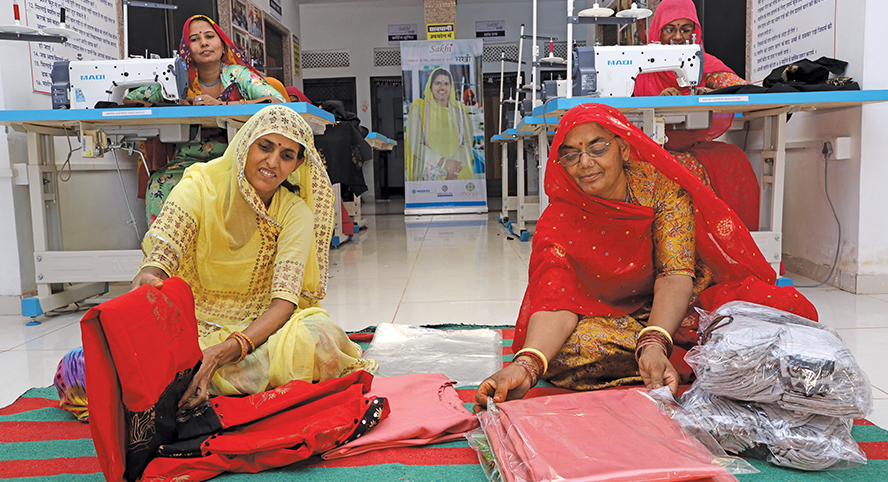Our dialogue with stakeholders guides our strategic planning, helps to reimagine business purpose, and allows us to monitor operations and outcomes across each stakeholder group. The process of stakeholder engagement is at the heart of what we do, bringing in profound awareness of relevant issues, and guiding the implementation of initiatives for positive change. It is our belief that bringing various relevant stakeholders onboard for an open and productive dialogue is critical for long-term sustainability of the organisation and helps to uphold values of responsible business.
At Hindustan Zinc, proactive engagement with our stakeholders has made way for mutually beneficial sustainable outcomes and accelerated the implementation of all our strategic interventions. Initiatives range from driving sustainable consumption patterns to mitigating environmental impact, incorporating, and implementing human rights principles, instilling values via codes of conduct for upliftment of communities, besides meaningful contribution to the nation’s growth and development, all of which have required active participation of stakeholders including customers, suppliers/vendors, business partners, local people, government etc.
For effective stakeholder engagement, we have established the Stakeholder Engagement Standard. The process is streamlined at all sites where identification and analysis of each stakeholder is conducted. This exercise ensures smooth dialogue as a channel to enable a two-way engagement between the organisation and stakeholders.
We identify stakeholders as those individuals or groups that have interests or are directly or indirectly affected by the impact of our business activities and decisions. At an organisational level, specific teams help to identify stakeholders who may have been otherwise overlooked or gone unnoticed due to a position of disadvantage. The actual and predicted impact for each stakeholder group is identified based on locally-gathered information. From this, Stakeholder Engagement Plans (SEPs) are derived, and periodically reviewed and updated as needed.

Hindustan Zinc identifies grievances as an expression of dissatisfaction by any stakeholder caused by factual or perceived incidents. The Company regularly engages relevant stakeholders to allow the Company to gain a holistic view of its business. A Grievance Committee, chaired by the respective unit heads is in place to address and resolve grievances. An apex committee, chaired by the location head, meets every quarter and the unit level committee meets every month and is apprised of the grievances received and action taken by the respective committees. As leaders of industry, we ensure that all grievances are acknowledged, assessed and a satisfactory response is communicated to the complainant in a time-bound manner.
To facilitate effective stakeholder engagement, the Company reaches out on multiple stakeholder-specific platforms that encompasses all relevant stakeholders. This process helps minimise reputational risk and protect brand image, while strengthening our bond with stakeholders by keeping open all channels of communication to reach wider audiences.
To monitor and measure progress, we have in place a well-formulated review mechanism that tracks stakeholder interactions and the outcomes achieved.
Hindustan Zinc identifies grievances as an expression of dissatisfaction by any stakeholder caused by factual or perceived incidents. The Company regularly engages relevant stakeholders to allow the Company to gain a holistic view of its business. A Grievance Committee, chaired by the respective unit heads is in place to address and resolve grievances. An apex committee, chaired by the location head, meets every quarter and the unit level committee meets every month and is apprised of the grievances received and action taken by the respective committees. As leaders of industry, we ensure that all grievances are acknowledged, assessed and a satisfactory response is communicated to the complainant in a time-bound manner.
To facilitate effective stakeholder engagement, the Company reaches out on multiple stakeholder-specific platforms that encompasses all relevant stakeholders. This process helps minimise reputational risk and protect brand image, while strengthening our bond with stakeholders by keeping open all channels of communication to reach wider audiences.
To monitor and measure progress, we have in place a well-formulated review mechanism that tracks stakeholder interactions and the outcomes achieved.